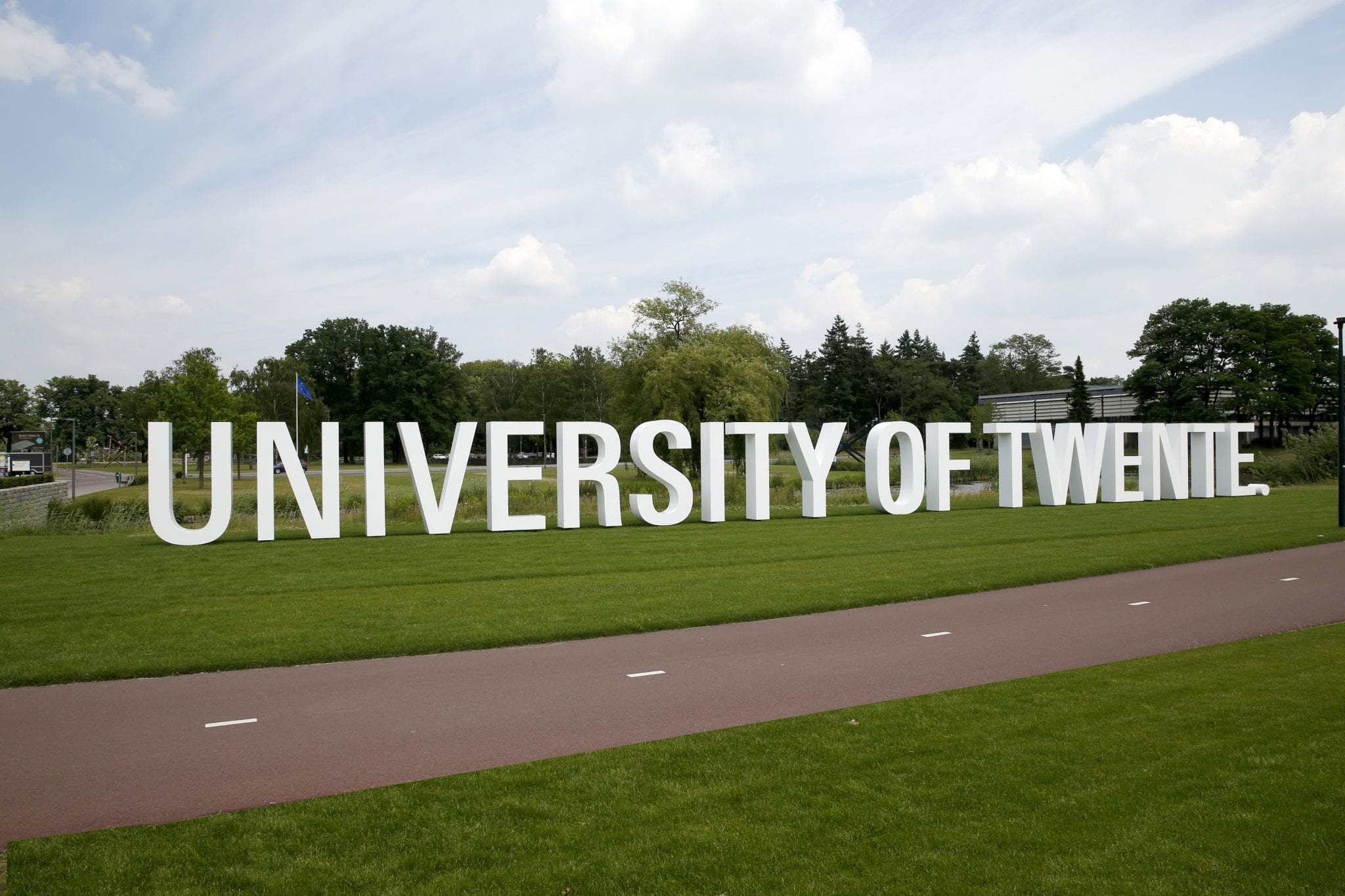The way that Audi works together with several universities is the perfect example of how university-business collaborations could not only help both parties but also the overall society. Audi AG and the Technical University of Munich (TUM) share their knowledge with each other on the main production and research & development site in Ingolstadt, Germany. Through their collaboration, students and the brand itself are able to engage in the innovative development of concepts like e-mobility, accident research, and HR management. Academics, who are involved in the cooperations get the chance to conduct research in the field and at the same time valorise their knowledge. On the other hand, Audi can put this scientific knowledge into practice in order to improve their products and recruit new talents for the future.

The effort of a collaborated research on e-mobility resulted in a solution for longer lasting batteries for electric cars. Dr. Peter Pilgram expert for Li-ion cells at Audi AG says related to the partnership with TUM:
“We’ve found a good solution with our cell modules. They are standardized cuboid casings, a little smaller than a shoe box, which we can fill with pouch cells or prismatic cells. Thanks to these modules, we’re able to accommodate new developments and get them into a car quickly.”
With this result of the university-business collaboration, Audi can start producing and implementing these new batteries in order to ameliorate their electric cars. Scientists achieved their goal of contributing to a more sustainable way of transportation.
Why collaborate?
The example of Audi illustrates a method of how the University of Munich and Audi can benefit from each other by sharing their knowledge. One can see how many other industries could also take advantage of such a collaboration. Knowledge sharing is a two-way communication flow, where both parties can learn from each other in order to achieve their goal. There are different types of collaboration in which knowledge can be shared:
- Research projects & testing
- Teaching (guest lectures e.g.)
- Consultancy
- Marketing (sponsoring events, organising in-house days
- Human capital (internships and employment after graduation)
As universities are considered to be academic entrepreneurs they do not only have the tasks of education and research, but they also have a third ‘mission’: to valorise their knowledge. Therefor their goal is to look for implementation platforms for their knowledge and student placements in different companies through collaborations. A company, on the other hand, is constantly looking to innovate in order to keep an advantage over its competitors. Through the different forms of university-business collaboration listed above, a business can improve not only its product or its contribution to corporate social responsibility but its overall performance. Hence, universities, companies, and societies could profit from knowledge sharing collaborations.
However, despite the awareness of the possible positive outcome of collaborations, it seems that companies are often skeptical towards cooperating with universities.
What is it that holds companies back from working together with universities more?
To be able to answer this question one first needs to fully understand the concept of university-business collaborations. Namely a university and a company are two different kinds of institutions and each institution has its own institutional logic; in this case the ‘logic of science’ and the ‘logic of business’. An institutional logic includes values, norms, attitudes, goals and practices within an institution. The logic of science is represented by academics who believe that knowledge should be accessible to everyone regardless of personal or social attributes (age, religion, nationality or background). Next to that, they need to contribute to society, ensure scrutiny to their scientific claims and valorise science for the collective gain rather than personal benefit. The logic of science, however, is believed to be the complete opposite of the logic of business. The latter includes the belief that companies share their knowledge within physical and personal boundaries, that patent rights are claimed on findings, goals are achieved with minimum cost and maximum profit and ultimately, that the focus is only on the personal gain rather than the collective.
Opposites attract: success stories
Due to the apparent opposite institutional logics, entering a collaboration is not without a challenge. Nevertheless, next to Audi, there are many more success stories of companies overcoming their differences when working together with universities:
- Bombardier and the Technical University of Dresden entered a partnership where academics do research on railway systems, using the data for different purposes. For instance, they use a Bombardier-tram as a measuring instrument to gain mechanical and electrical data which is being used to analyse the traffic in the city. With this information, academics can develop new systems that improve the traffic in the city. The benefit for Bombardier is to be able to use the outcomes of the research to anticipate new developments, adapt their products and gain access to potential new employees.
“It provides exciting career opportunities to young, highly qualified employees,” Clausecker (Bombardier Transportation Germany’s chairman) said. “In turn, the university will continue to have access to our rail engineering expertise to develop scientists’ knowledge and skills.”
Next to the measuring instrument, together they developed a monitoring system, which helps to observe passengers and conditions on driverless rail vehicles. With this system, Bombardier can adjust the speed of the vehicle to increase the quality of the ride.
- Another example of a successful cooperation is the Wageningen University & Research and Royal FrieslandCampina. On the campus of the university, a Research & Development Centre of the dairy company Royal FrieslandCampina was built.
“To genuinely innovate, we need an R&D Centre where we can develop and share our knowledge, a building that inspires our people and which offers state-of-the-art facilities” (Cees ‘t Hart, CEO of Royal FrieslandCampina).
Here, students can experiment with 3D printing of milk protein structures amongst other innovative research projects. The project includes research about functionalities of ingredients and a way to tailor dairy products to individuals in order to respond to their personal needs in health, lifestyle or religion.
Not only are they discovering new production manners of alternatives to traditional milk but at the R & D centre, they also make 3D printed bottles of the product. This way, FrieslandCampina can customise the size of the bottles according to the need of the customers. By doing this they are not producing too much or too little, resulting in a decrease of waste and FrieslandCampina becoming more sustainable.
The last example is the Dutch Nuon Solar Team. Nuon is a utility company providing electricity, gas and heat and they collaborate with Technical University Delft. Together they participate each year at the Sasol Solar Challenge with a team of students who built their own vehicle.

Nuon, amongst other companies, provides the Nuon Solar team with their knowledge in order for them to build the most sustainable, yet fastest vehicle. This type of collaboration is mainly based on teaching, marketing and human capital as students benefit by improving their skills, getting a chance of getting in touch with Nuon and winning the race. At the same time, Nuon increases its brand awareness by sponsoring the team and recruiting new talents.
The secret ingredient for success
As everyone starts something with a motivation to achieve a goal, academics and business people also enter a collaboration with a plan in mind. Both parties have the goal of gaining benefit from the collaboration, so their main interest is for the project to succeed. The secret of success lies therefor in the motivation to achieve the mutual goal. If both institutions engage in helping to achieve the mutual goal of making the collaboration succeed, the collaboration results in reaching individual benefits for both too.
The collaboration has to be set up in a way that individual goals of both institutions are automatically reached once the mutual goal is achieved.
If the willingness of achieving the mutual goal is bigger than the potential barriers due to differences in institutional logics, participants of the collaboration can open up to see how those differences can instead complement each other.
Take for example the pharmaceutical industry and academics involved in medical research. The goal of scientists is to develop drugs and technologies in order to cure patients. Next to that, it is their vision to make these inventions accessible to everyone who needs it. However, pharmaceutical companies are necessary to transform the scientific findings into products and introduce it to the market. These companies often have commercial goals and sell their products for high prices creating segmentations of the market.
In this example, one clearly sees how the institutional logics compete due to individual opposing goals. If both institutions don’t step forward and meet halfway in order to reach the mutual goal and make the collaboration work, none of them will accept to work with each other and consequently, none of the individual goals will be achieved. However, this collaboration of pharmaceutical industries with academic researchers is a phenomenon that in our day-to-day seems to work despite the obvious differences.
The essential part in order to make this kind of collaboration succeed is to define clear business models including processes and monitored mechanisms. It is due to this why most universities have a Technology Transfer Office (TTO) managing technology transfer protocols, IP-licences, patents, joint ventures or spin-offs. Besides a well-structured business model, both parties need to communicate their goal, vision and expectation so that they can anticipate barriers caused by their competing institutional logics. These factors do not only apply to the pharmaceutical collaboration but in general business models and TTO’s are set up for any kind of university-business collaboration that is likely to be dealing with competing institutional logics.
Conclusion
To sum it up, if one acts according to the following rules, a university-business collaboration can be of benefit:
- Take into account that each institution has a different logic
- Keep an open mind towards the differences in logics
- Focus on the mutual goal: to make the collaboration successful, only this way both parties can achieve their individual goal
- Establish the right business model
- Understand how personal factors can have an influence on the collaboration and adapt your communication to it
- Try to anticipate on possible barriers by talking about differences beforehand
Additionally to the two beneficial institutions, do university-business collaborations also have a positive impact on the overall society. The ecosystem of the region, where the collaboration takes place can profit economically, socially and environmentally from it. With this perspective, business people and academics should embrace their different logics and realise that because of these opposites, they can learn from each other, even complement each other in order to achieve great things.



